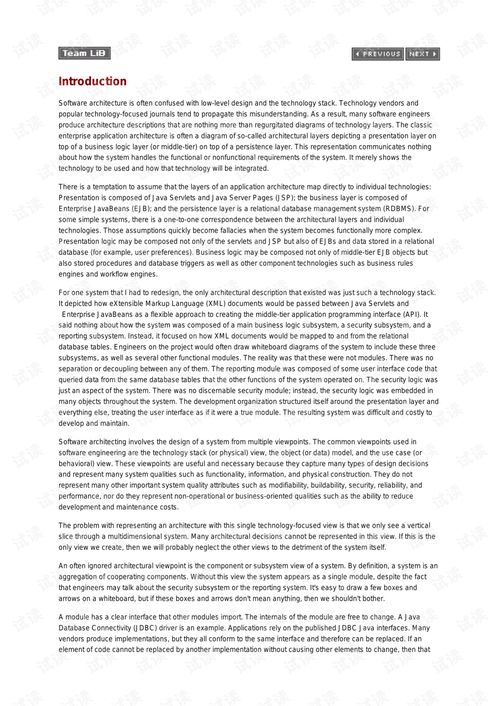In the serene tranquility of nature, there's something uniquely rewarding about fishing from a small arch bridge. The gentle sway of the bridge, the murmur of the water below, and the anticipation of a bite all combine to create an unforgettable experience. Whether you're a seasoned angler or a beginner looking to try something new, here are some essential techniques to help you master the art of fishing from a small arch bridge.
Choosing the Right Bridge
The first step in successful bridge fishing is selecting the right bridge. Look for a small arch bridge that offers a stable platform and a good vantage point. Bridges with high walls or railings can provide additional protection from the elements and make it easier to cast and retrieve your line. It's also important to ensure that the bridge is safe to fish from, free from loose debris or structural hazards.
Gear Selection
Your choice of gear can significantly impact your success. Here's what you'll need:
- Rod and Reel: A medium-action rod with a length of 6 to 7 feet is ideal for bridge fishing. A spinning reel with a good drag system is recommended for handling a variety of fish species.
- Line: Use a monofilament line with a thickness of 6 to 10 pounds, depending on the fish you're targeting and the clarity of the water.
- Hooks: Choose the appropriate size and style of hooks based on the fish you expect to catch. For most freshwater species, sizes 6 to 10 are standard.
- Lures and Bait: Live bait, such as worms, minnows, or leeches, can be effective. Artificial lures like spinners, jigs, or crankbaits can also be productive, especially in murky water.
Casting Techniques
Casting from a bridge requires a bit of practice to avoid snagging the bridge or spooking the fish. Here are some tips:

- Backcast: Start by holding the rod at a 45-degree angle and sweeping it back over your shoulder. This helps load the rod with power.
- Forward Cast: As you bring the rod forward, your wrist should snap to propel the lure forward. Aim for a smooth, controlled motion.
- Adjust for Wind: If there's a strong wind, you may need to adjust your casting technique. For example, you might need to cast into the wind to keep your lure in the strike zone.
Positioning
Finding the right position on the bridge is crucial. Here are some positioning tips:
- Stay Low: Keep your body low to the bridge to minimize the risk of falling.
- Face the Current: Position yourself so that you're facing the current. This allows you to present your bait or lure in a more natural manner.
- Move with the Bridge: If the bridge is moving, try to stay in one place and move your body with the bridge to maintain your position.
Baiting and Luring
Once you've cast your line, it's time to focus on baiting or luring:
- Natural Bait: If you're using live bait, ensure it's lively and moving naturally. Attach it to the hook with a palomar knot for a secure and gentle presentation.
- Artificial Lures: With artificial lures, experiment with different retrieves and speeds to see what the fish prefer. A slow, steady retrieve can be effective, as can a fast, erratic motion.
Patience and Observation
Fishing from a bridge requires patience and a keen eye. Here are some tips to help you be more successful:
- Observe the Water: Look for signs of fish activity, such as splashes or bubbles.
- Adjust Your Technique: If you're not getting bites, try changing your bait, lure, or retrieve.
- Stay Quiet: Fish can be easily spooked, so keep your movements and conversations to a minimum.
Safety First
Always prioritize safety when fishing from a bridge. Here are some safety tips:
- Check the Weather: Avoid fishing on windy or inclement days.
- Stay Hydrated: Bring water and snacks to stay hydrated and energized.
- Tell Someone Where You Are: Let someone know your planned fishing location and expected return time.
Conclusion
Fishing from a small arch bridge can be a peaceful and rewarding experience. By following these essential techniques, you'll be well on your way to mastering the art of bridge fishing. Remember to respect the natural environment, practice safe fishing habits, and enjoy the beauty of nature as you pursue your catch. Happy fishing!












